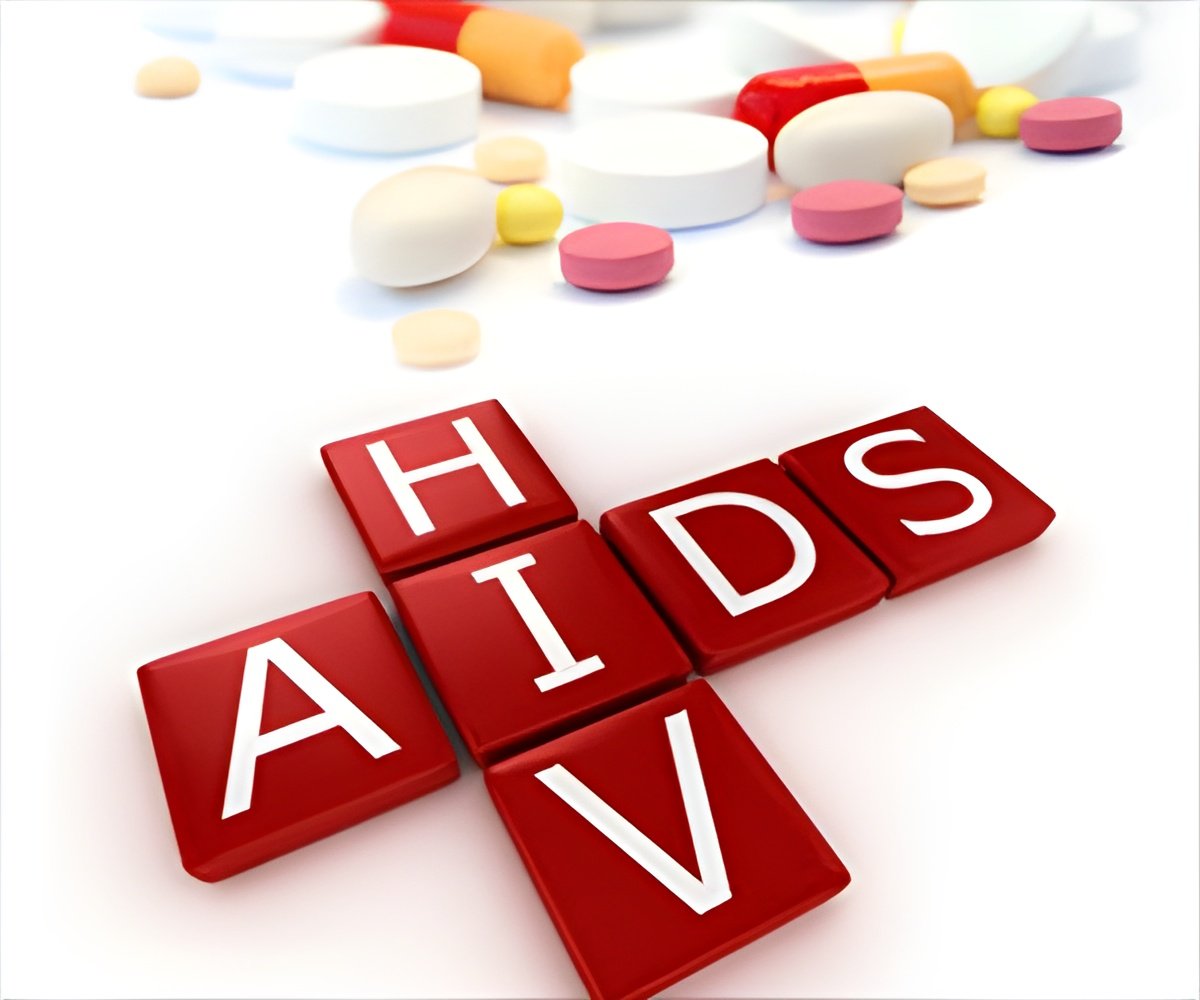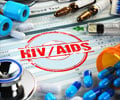The four-day antiretroviral regimen had the same treatment efficacy as patients on everyday regimen. But patients on the four-day regimen experienced fewer side effects.

‘The antiretroviral therapy for four times a week was not inferior to the everyday regimen. It had the same efficacy and patients experienced fewer side effects and better adherence.’





ANRS 162-4DThe ICCARRE project headed by Professor Jacques Leibowitch (Infectious Diseases Department, Hôpital Raymond Poincaré, Garches, France) yielded encouraging results in patients whose treatment was reduced to 5 and then to 4 days a week, or even less for some patients (FASEB Journal, 2015).
To confirm these observations, in 2014 the ANRS started a prospective, multicenter, non-randomized trial (ANRS 162-4D) run by Professor Christian Perronne (Hôpital Raymond Poincaré, Garches, France) in which patients received the same anti-retroviral treatment regimen over 48 weeks. The aim was to assess whether treatment taken on 4 consecutive days a week by HIV-positive patients would keep plasma viral load below 50 copies/mL. The 100 patients had been taking triple anti-retroviral therapy for an average of 5 years and their viral load had been undetectable for 4 years. Their combination therapy comprised 2 nucleoside analogs plus a non-nucleoside reverse transcriptase inhibitor or a protease inhibitor.
The results presented in Durban are encouraging. After 48 weeks, 96% of patients were still on the 4 days a week regimen and had a viral load below 50 copies/mL. Only three patients had a detectable viral load at weeks 4, 12, and 40 (respectively, 785, 124, and 969 copies/mL). In these patients, viral load dropped below the detection threshold upon return to the 7 days a week treatment regimen, without appearance of resistance. One patient dropped out of the study at week 4.
These data were completed by a concomitant analysis of treatment adherence in a subgroup of patients using self-report questionnaires, assays of blood drug levels, and counting of drug doses taken using electronic pillboxes. Dr Pierre de Truchis noted that "The analysis of treatment adherence showed that the 4 times a week regimen was well adhered to and accepted by the patients. In over 90% of cases, drug intake matched the prescription."
Advertisement
Professor Jean-François Delfraissy, Director of ANRS, observed that "These results encourage us to pursue our aims of improving the quality of life on treatment and meeting a strong demand from some patients for a lower drug burden." Should the 4 days a week regimen now be recommended in everyday practice? "Only a randomized trial will be able to approve this strategy," says Professor Delfraissy. Current international recommendations stipulate that continuous treatment should be initiated as soon as possible after discovering positive HIV serostatus, regardless of CD4 cell count.
Advertisement








